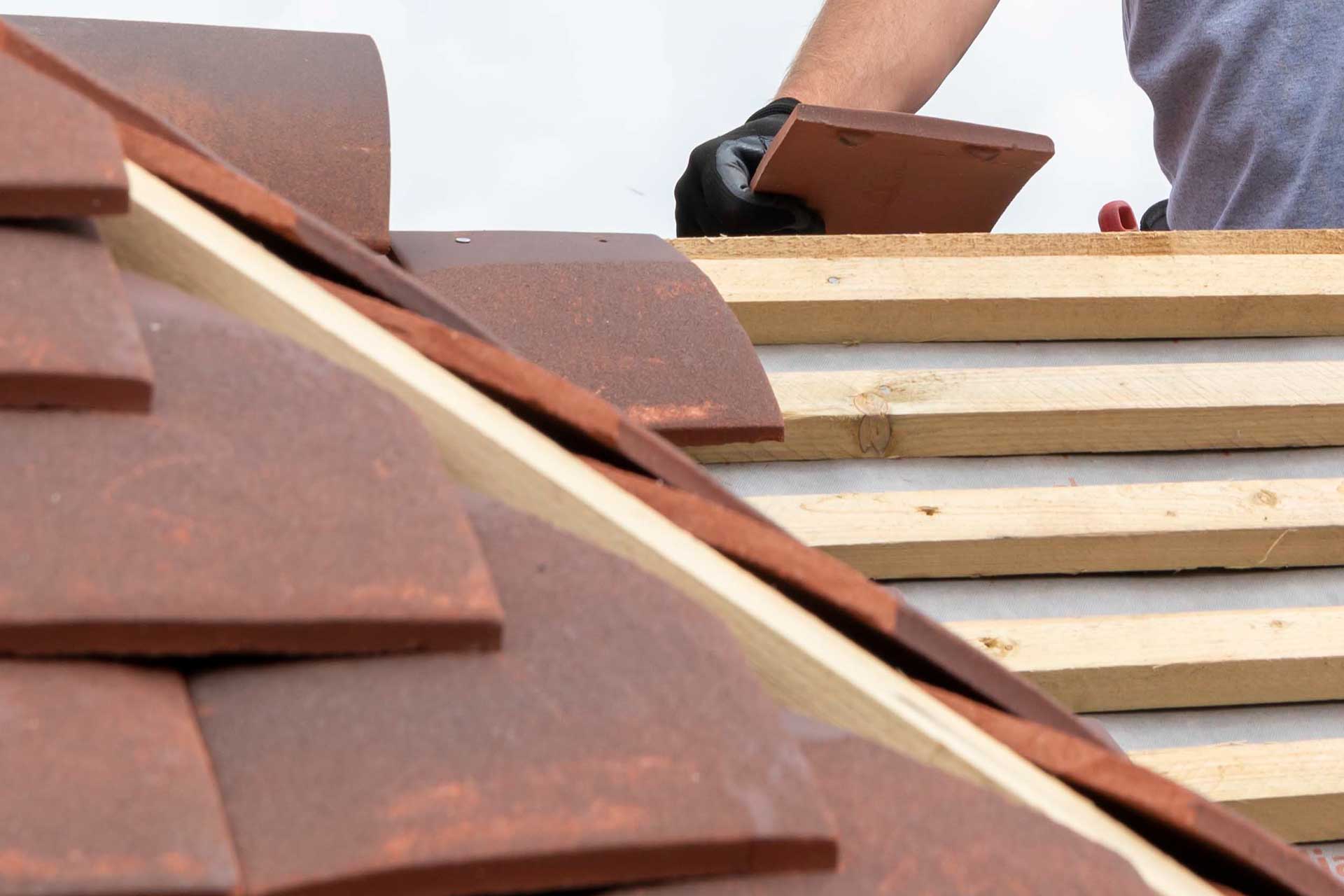In the UK, the roof of a house is subjected to various weather conditions year-round. The constant exposure to weather conditions, from heavy rain and snowfall in winter to high winds and fluctuating temperature can wear down roofing materials. These environmental factors over time can cause roof damage. In some cases, a replacement may be the only solution. Roof replacement is a significant undertaking, but it is essential for maintaining the structural integrity of a home and preventing costly repairs in the future. Knowing when to replace your roof, whether it’s leaking or old, is essential to protecting your home.
Roofs are essential for protecting your home against the weather. This is why homeowners should prioritize their roof maintenance. The natural ageing process of roof materials is one of the main reasons why UK homeowners replace their roofs. Although traditional roofing materials like tiles and slates are durable, they can wear out over time due to prolonged weather exposure. Over time, tiles may crack, slates may become loose, and the roof’s overall structural integrity may deteriorate. Roofs have an average lifespan between 20 and 50 years depending on their material. After this time, replacement is necessary to avoid leaks or further structural damage. When the roof’s materials are no longer performing effectively, it is time to consider a replacement.
Leaks are one of the clearest signs that your roof is in need of replacement. Water stains or drips on the ceiling and walls are often signs that your roof needs to be replaced. Unresolved leaks may cause serious structural problems, such as damage to your interior, wooden beams, or insulation. If the leak persists, or the damage has spread, you may need to completely replace your roof. A roof that has lost or damaged tiles and slates is another sign. Over time, these can become loose or damaged due to weather exposure, and replacing them can help prevent leaks and further damage.

The process of cost of removing and replacing a roof can be complex and time-consuming, often requiring the expertise of a professional roofing contractor. First, a roof inspection is conducted to determine the extent of damage. After determining the extent of the damage, it is necessary to remove the existing roofing and prepare the roof structure for the replacement. This may involve repairing or replacing the underlying decking, which is the layer beneath the roofing material that supports it. After the structure is secured, new roofing material is installed, with options ranging from traditional tiles and slates to more modern materials like metal roofing or synthetic tiles. The entire process can take several days, depending on how large the house is and how complex the roof structure is.
When considering a roof replacement, it is essential to choose the right roofing material that suits both the aesthetic needs of your property and the weather conditions in your area. In the UK, slate and tile roofs are particularly popular due to their durability and longevity. Flat roofs, however, are common in many modern structures or additions. Materials like rubber membrane or bitumen are often used for flat roofs, providing excellent waterproofing and insulation. These materials may be more cost-effective but they might not last as long as slates or tiles. Consult a roofer for the right choice, taking into account factors like budget, weather, and architectural style.
When replacing a UK roof, it is important to ensure that all work adheres to local building codes. You may have to obtain planning approval or building regulation approval depending on the property type and extent of work before you begin the roof replacement. In some cases, particularly in conservation areas or with listed buildings, stricter rules apply regarding the materials and methods used for roof replacements. It is essential to work with a roofer who is familiar with these regulations and can ensure that the replacement is carried out in compliance with all legal requirements. Failing to do so can result in fines or the need to undo the work and replace the roof with approved materials.